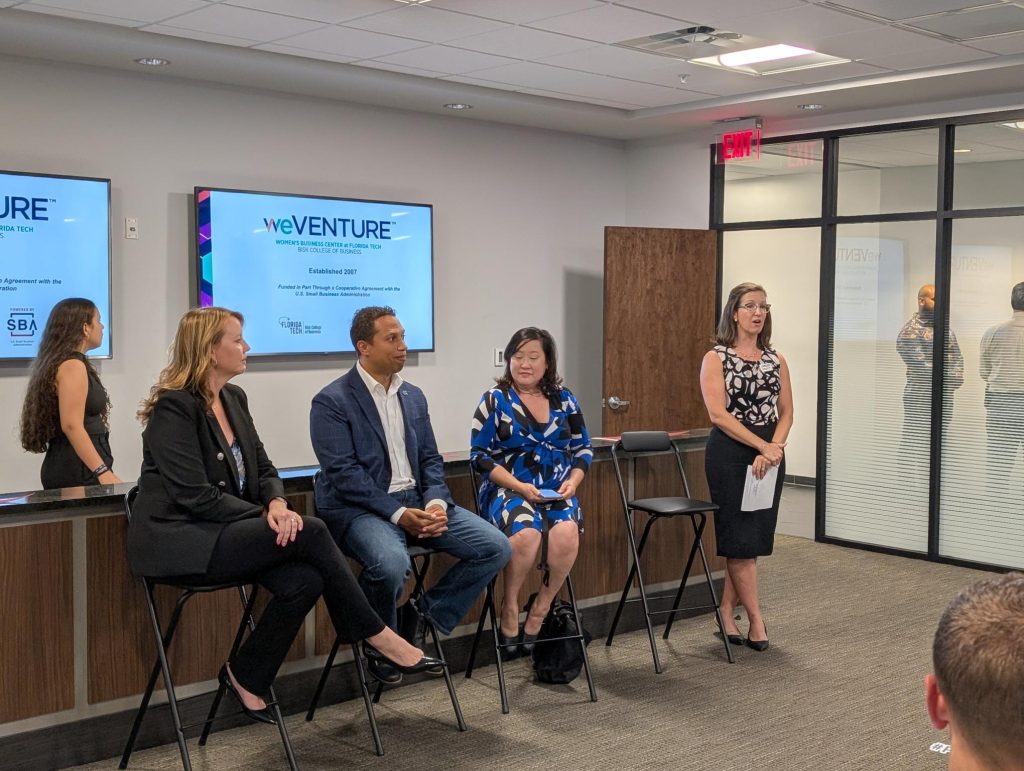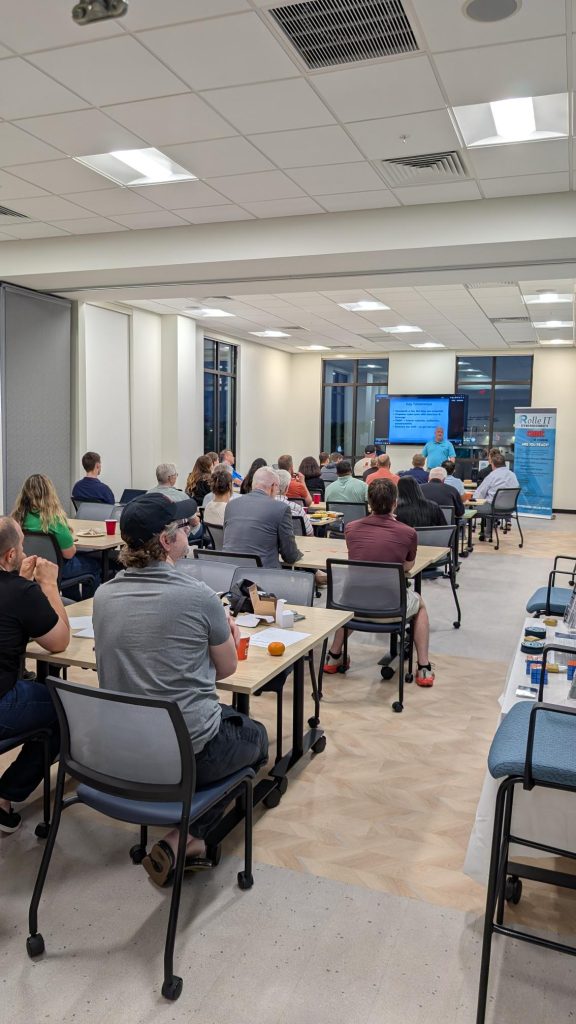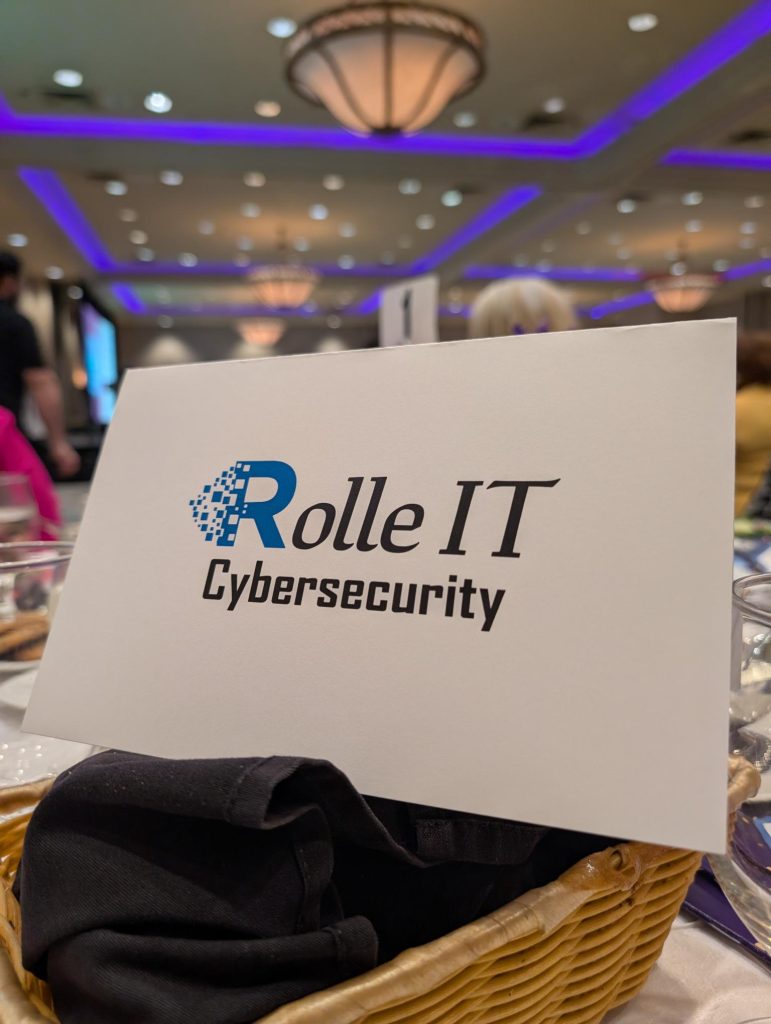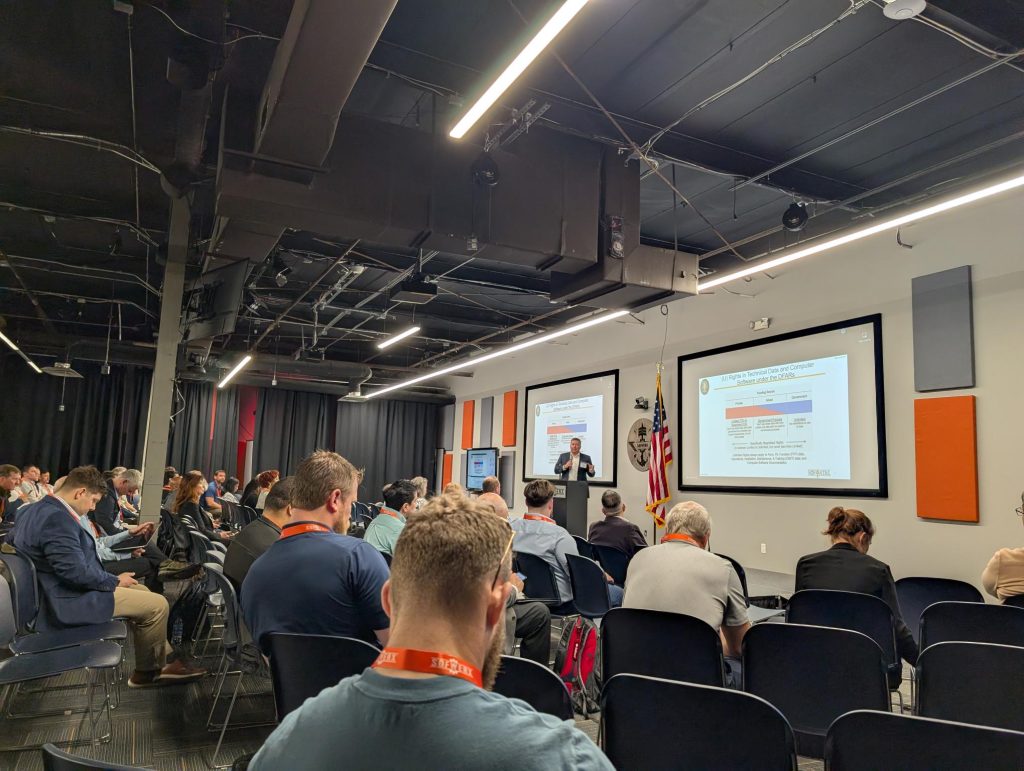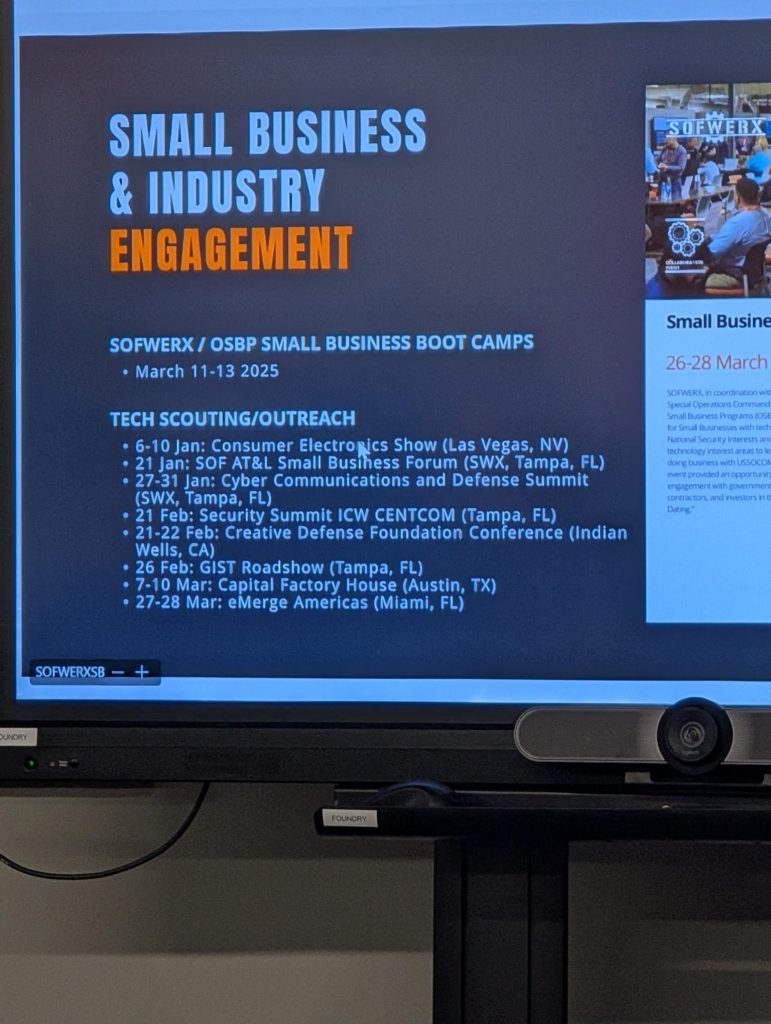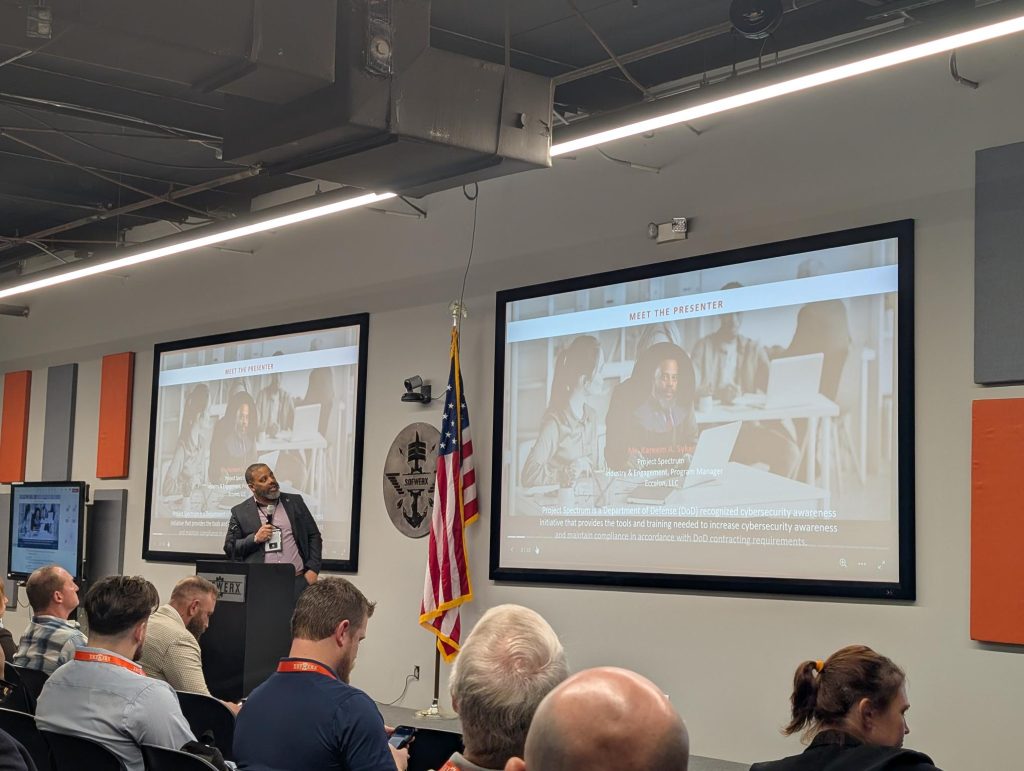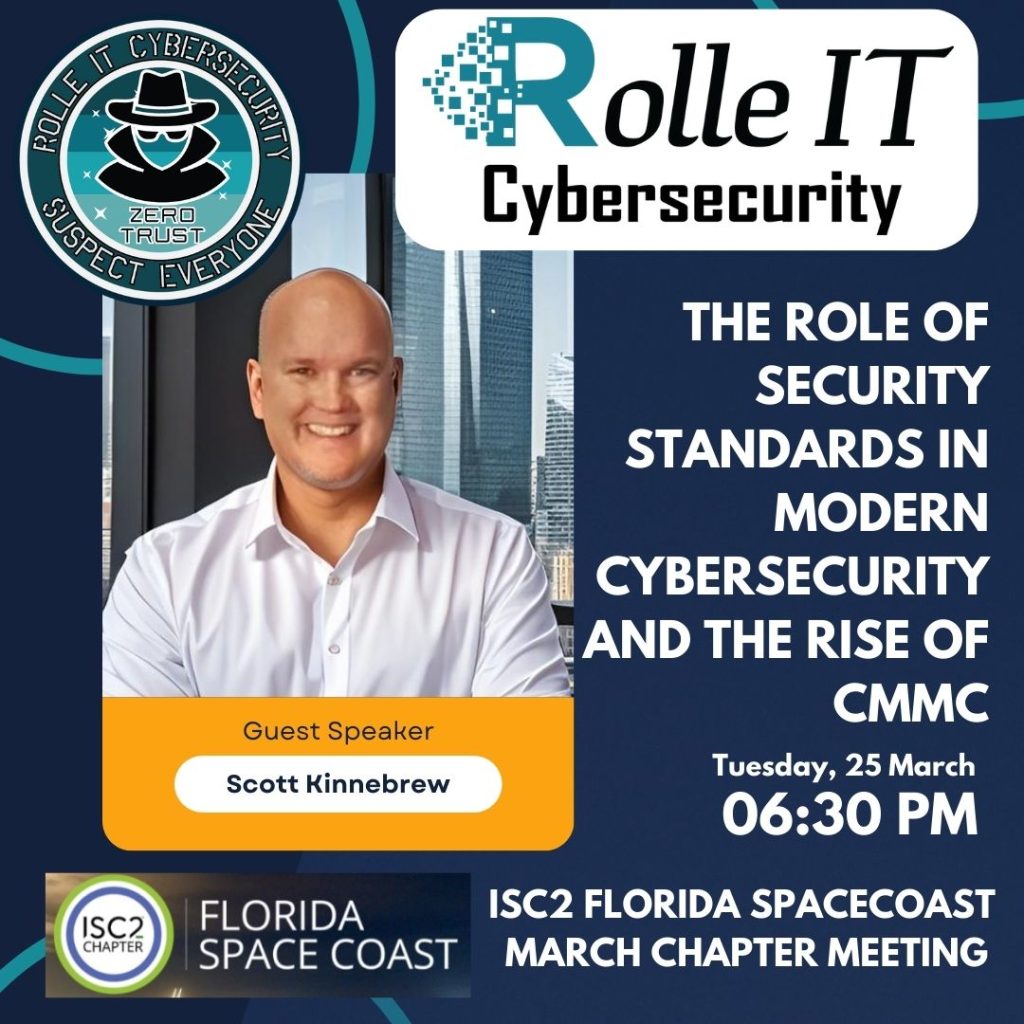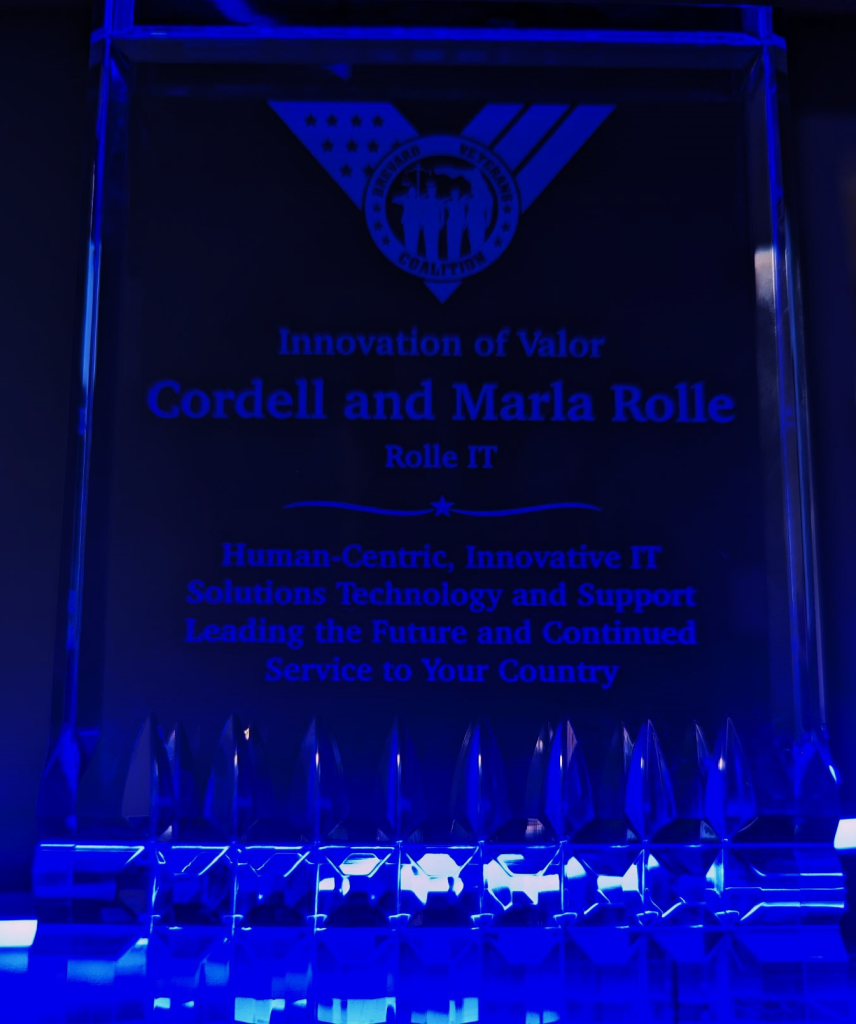Supercharge Your Business with AI: Integrate Co-Pilot Seamlessly
Unlock the Power of AI-Driven Productivity
At Rolle IT, we specialize in transformations and streamlining IT processes. Integrating Microsoft Co-Pilot into your existing business systems is one of the biggest upgrades to user experience a company can make — helping you transform daily operations with intelligent, real-time assistance. Whether you’re using Microsoft 365, Dynamics, Teams, or custom enterprise platforms, our tailored solutions ensure Co-Pilot becomes an integral part of your workflows.
Why Integrate Co-Pilot?
- Boost Efficiency: Automate repetitive tasks, generate documents, and summarize conversations instantly.
- Make Smarter Decisions: Co-Pilot turns your data into actionable insights with natural language queries and visual reports.
- Enhance Collaboration: Empower your teams with AI-enhanced communication and content creation tools.
- Streamline Workflows: Integrate Co-Pilot with ERP, CRM, HR, or other line-of-business systems for seamless automation.
A Game-Changer for Small Businesses
Running lean doesn’t mean running slow. For small businesses, Co-Pilot is like hiring a team of virtual employees—without the overhead. From drafting emails and proposals to analyzing sales reports and managing calendars, Co-Pilot enables your team to do more with less, maximizing productivity and accelerating growth. It’s not just software—it’s a scalable digital teammate that grows with your business.
What We Offer
- Custom Integration Services: We connect Co-Pilot to your unique systems, whether cloud-based, hybrid, or on-prem.
- Security & Compliance: Ensure AI access respects your data governance and industry standards.
- Training & Support: We guide your team on how to get the most out of Co-Pilot with tailored onboarding and support.
Who Is This For?
From startups and small enterprises to Fortune 500 companies, any organization looking to scale, innovate, and reduce manual workloads can benefit. Whether you’re in finance, healthcare, logistics, or legal, our solutions are industry-adapted and enterprise-ready.
Let AI Work With You.
📩 Schedule a demo today and discover how Co-Pilot can revolutionize your workplace. Your next level of productivity starts here.
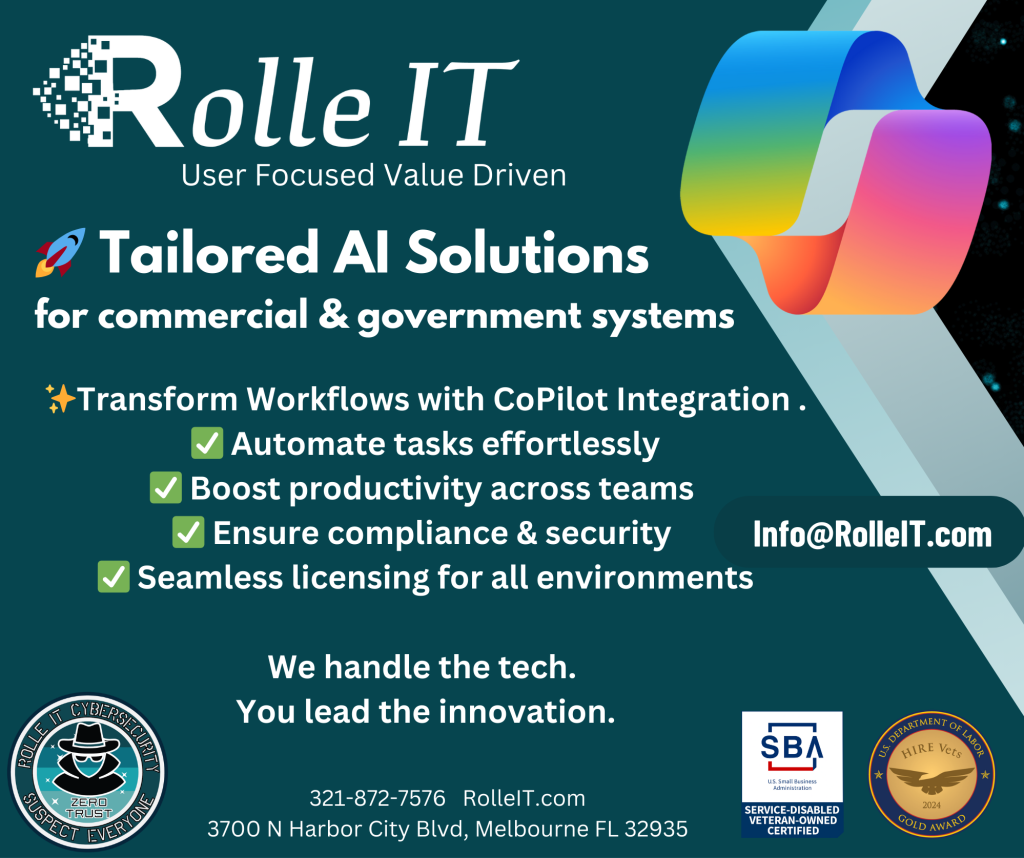
Supercharge Your Business with AI: Integrate Co-Pilot Seamlessly Read More »

